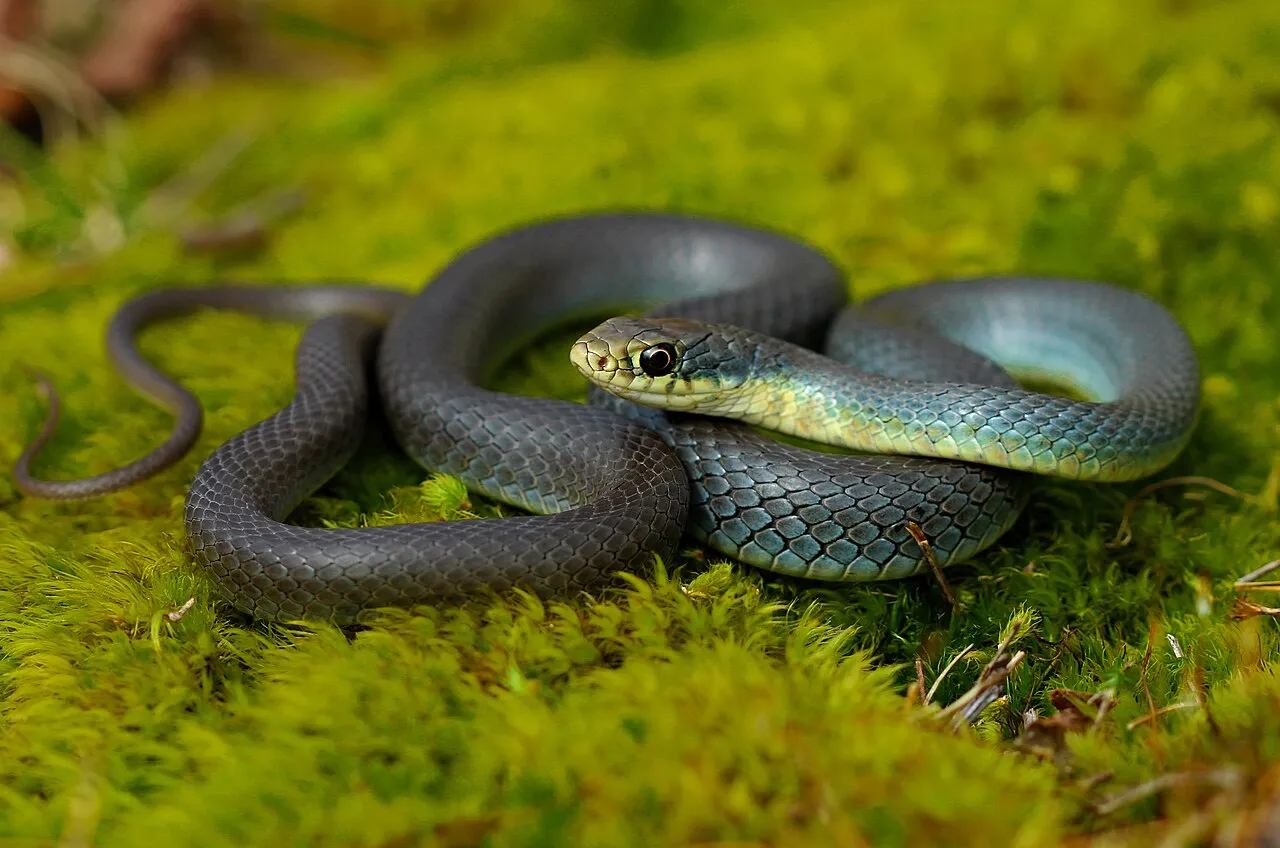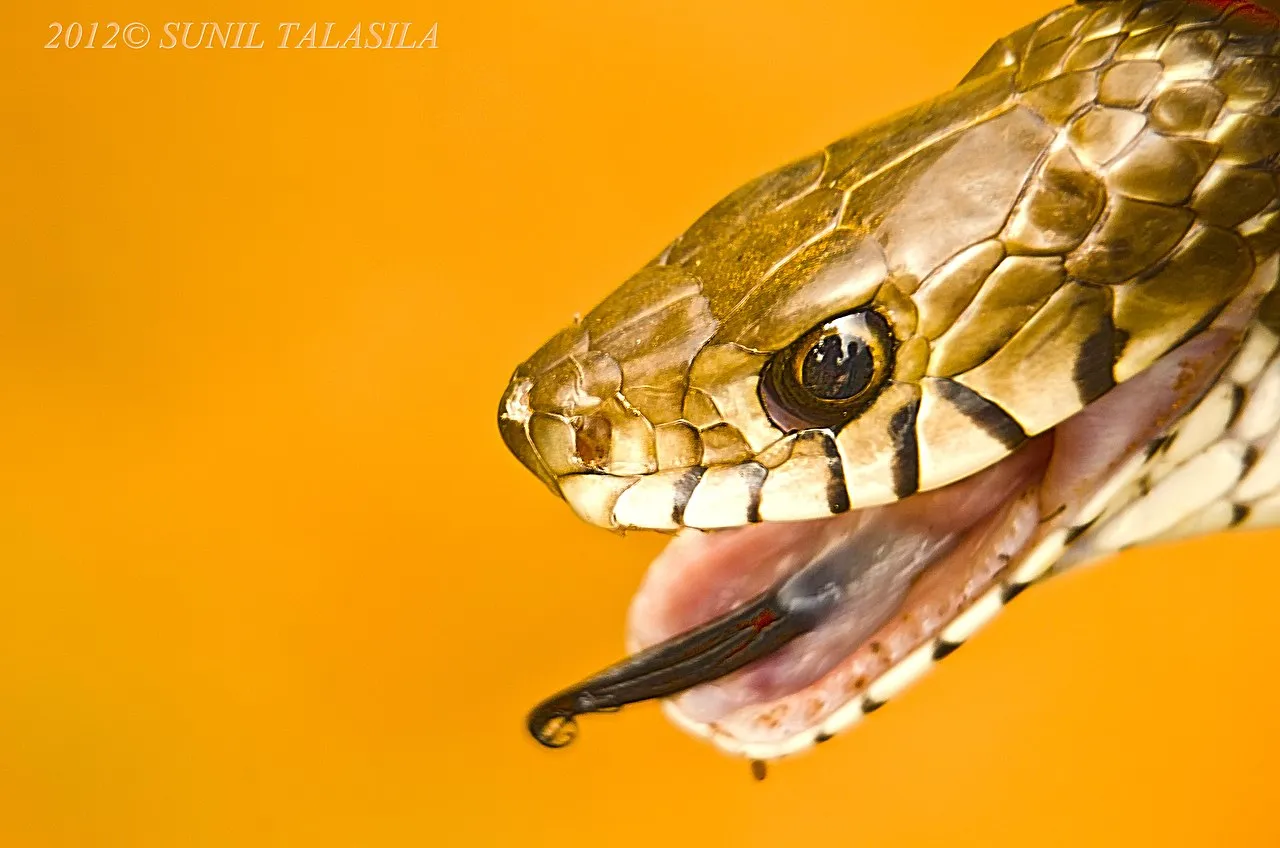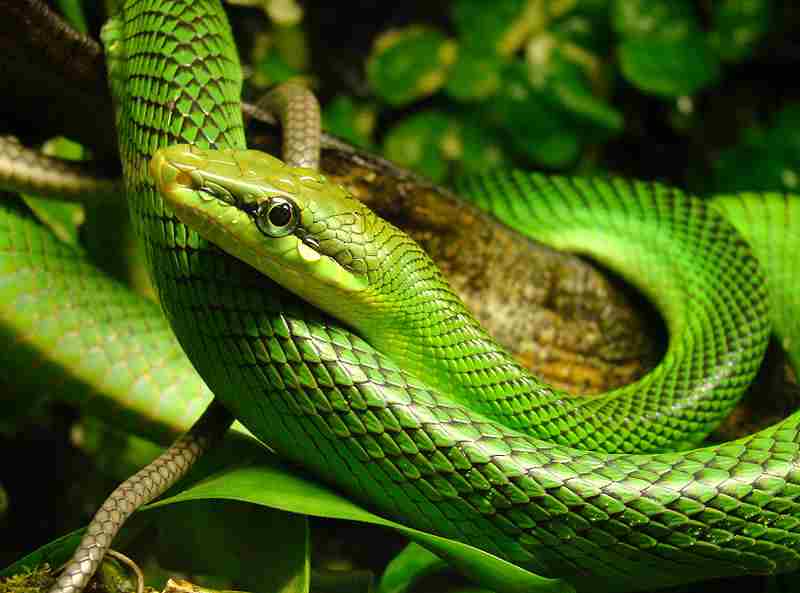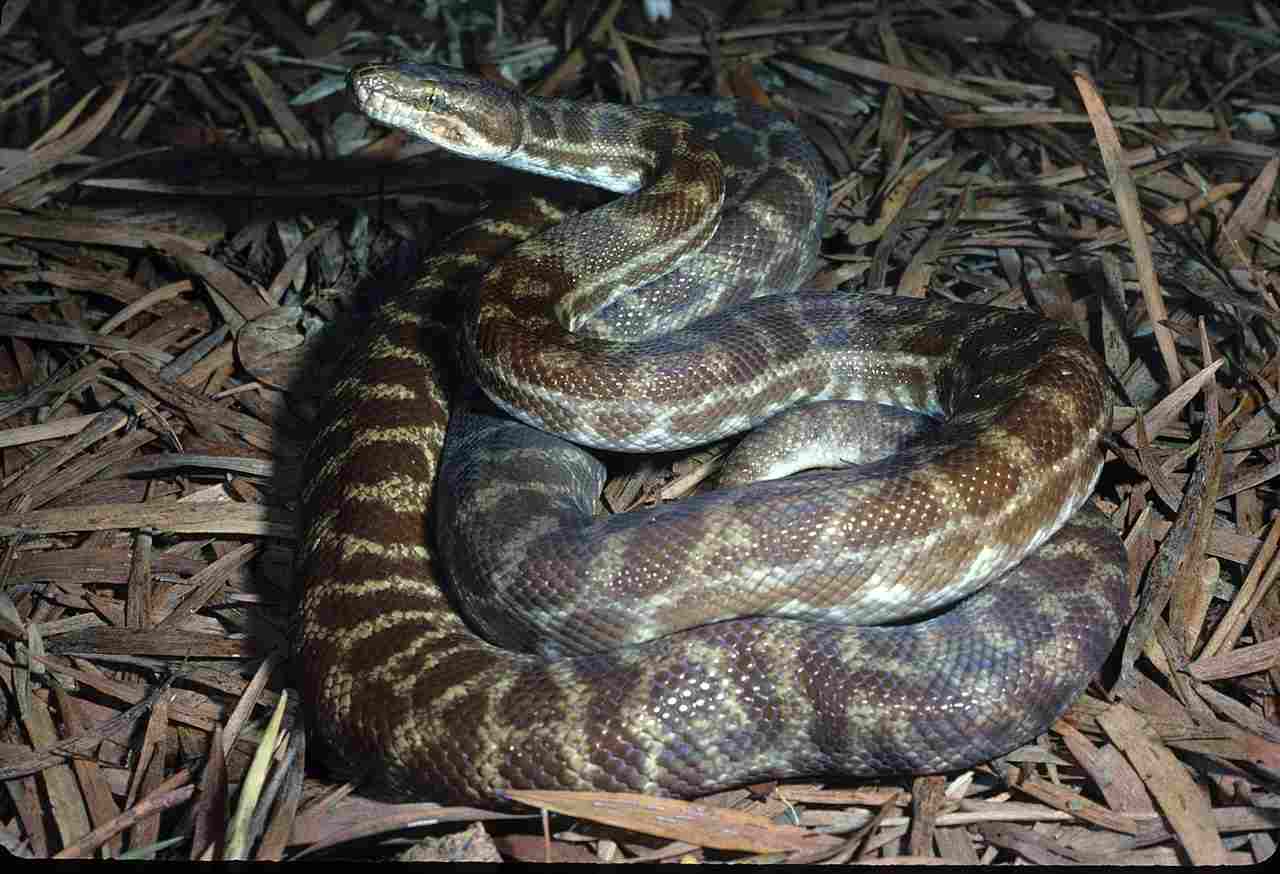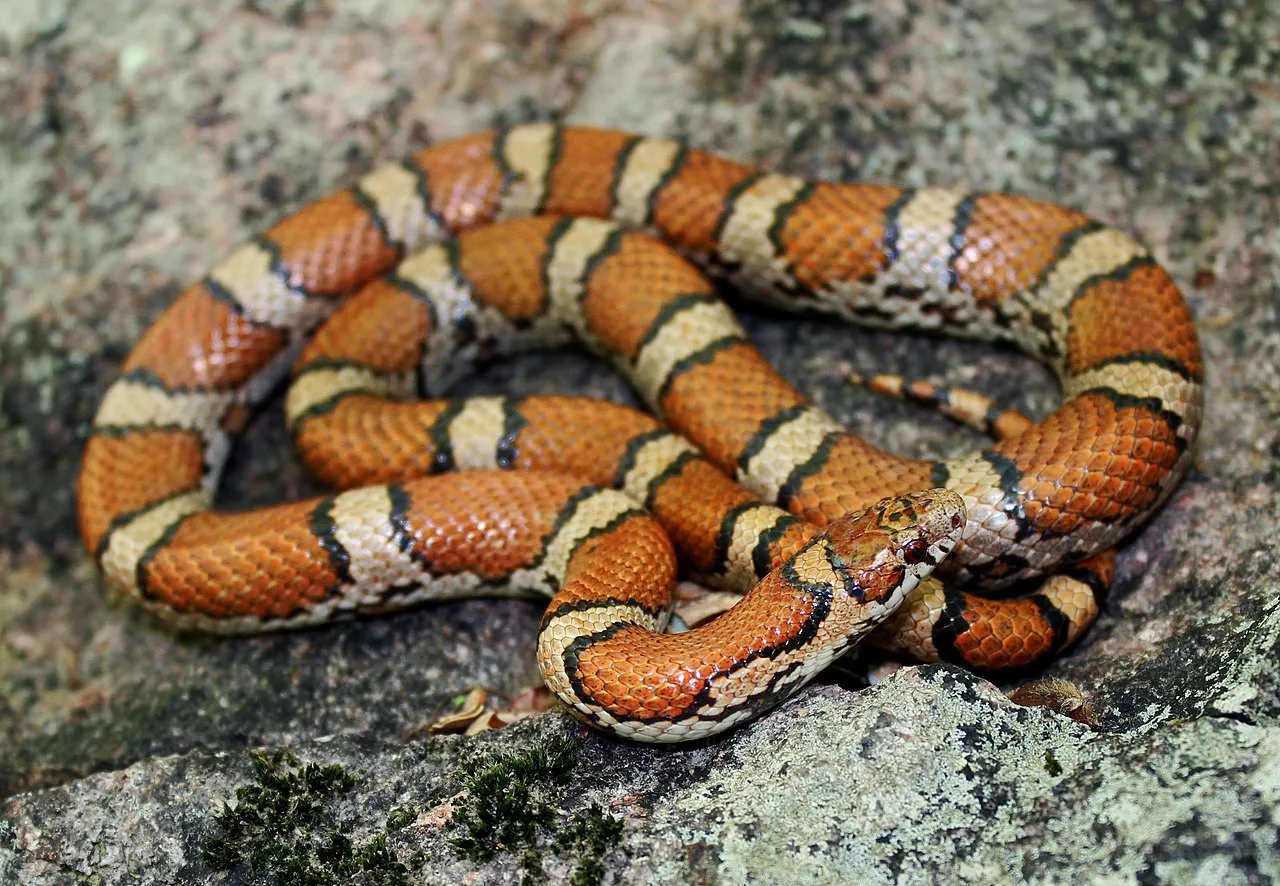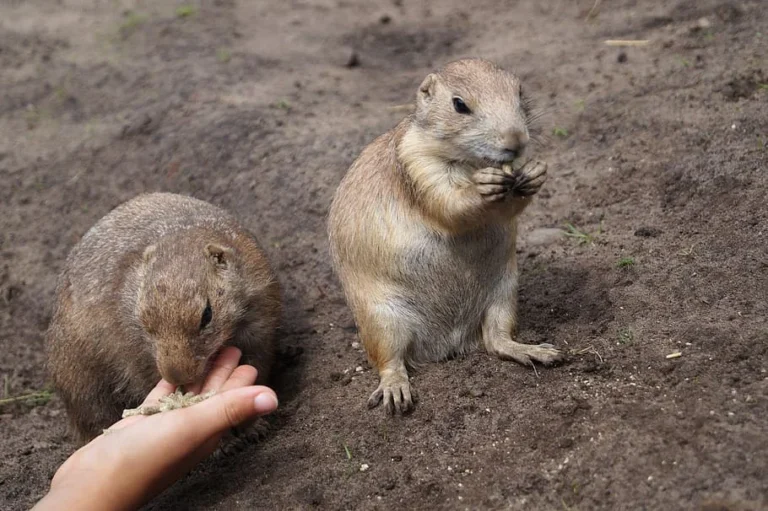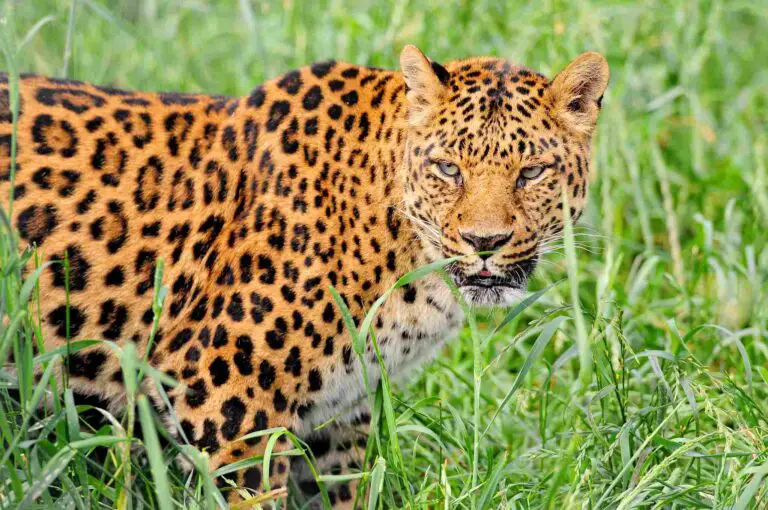Scaleless Rat Snake Facts, Description, Characteristics
The scaleless rat snake (Elaphe carinata) is a carnivorous reptile found in East and Southeast Asia. It exhibits various adaptations such as camouflaged coloration and agile climbing. While its conservation status varies, threats include habitat loss and poaching. Some individuals are kept as pets, but they require specific care to thrive in captivity.
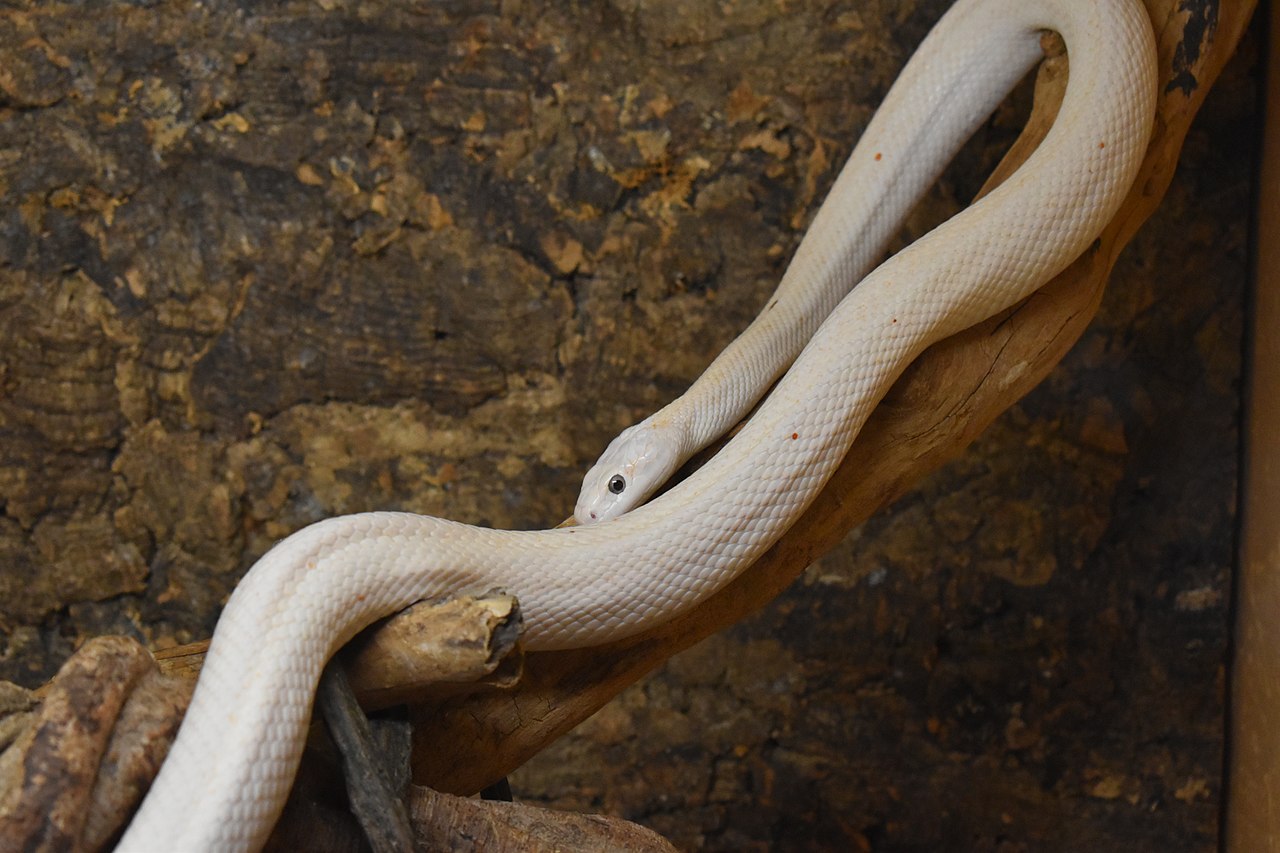
*Facts About Scaleless Rat Snake
- The scaleless rat snake’s scientific name is Elaphe carinata.
- It has subspecies like E. carinata carinata and E. carinata yunnanensis.
- They measure between 3 to 6 feet in length and weigh 300 to 800 grams.
- Scaleless rat snakes have smooth scales and come in various colors such as brown, black, and gray.
- Their teeth are small and angled backward, with a relatively low bite force.
- They primarily eat small mammals, birds, eggs, and sometimes amphibians or reptiles.
- These snakes are solitary, nocturnal, and skilled climbers.
- Scaleless rat snakes communicate mainly through body language and scent.
- They inhabit forests, grasslands, farmlands, and rocky areas, preferring places with ample cover.
- Their geographic range includes East and Southeast Asia, like China, Vietnam, Laos, and Thailand.
- Scaleless rat snakes leave distinctive tracks with alternating impressions from their ventral scales.
- Females lay clutches of 6 to 12 eggs, which hatch after an incubation period of around 60 days.
- They have a lifespan of about 15 to 20 years in the wild.
- Adaptations like camouflaged coloration and agile climbing aid their survival.
- Conservation status varies, with threats including habitat loss and poaching.
- Some people keep them as pets, but they need specific care requirements to thrive.
| Criteria | Details |
| Scientific Classification | Elaphe carinata |
| Subspecies |
Variability: E. carinata carinata, E. carinata yunnanensis
|
| Size and Weight |
Length: 3 to 6 feet<br>Weight: 300 to 800 grams
|
| Appearance and Identification |
Smooth scales, varying colors (brown, black, gray), often with blotches or stripes
|
| Dentition and Bite Force |
Small, backward-angled teeth; relatively low bite force
|
| Diet |
Carnivorous: small mammals, birds, eggs, occasional amphibians or reptiles
|
| Behavior |
Solitary, nocturnal; skilled climbers, often found in trees or bushes
|
| Sounds/Vocalization |
Reliance on body language and scent, rather than vocalizations
|
| Habitat |
Various habitats: forests, grasslands, farmlands, rocky areas; prefers areas with cover
|
| Geographic Range and Distribution |
Native to East and Southeast Asia (China, Vietnam, Laos, Thailand)
|
| Tracks |
Distinctive alternating impressions from ventral scales
|
| Reproduction |
Oviparous, laying clutches of 6 to 12 eggs; incubation period around 60 days
|
| Lifespan |
Approximately 15 to 20 years in the wild
|
| Major Adaptations |
Camouflaged coloration, agile climbing, specialized dentition
|
| Conservation Status |
Varied, with threats from habitat loss, fragmentation, and poaching
|
| Domestication and Suitability as a Pet |
Occasional pet ownership; requires specific care needs for health and well-being
|
1. Scientific Classification:
Kingdom: Animalia
Phylum: Chordata
Class: Reptilia
Order: Squamata
Family: Colubridae
Genus: Elaphe
Species: Elaphe carinata
2. Subspecies:
Details: The scaleless rat snake (Elaphe carinata) has several recognized subspecies, including Elaphe carinata carinata and Elaphe carinata yunnanensis.
Importance: Subspecies differentiation helps researchers understand genetic diversity, adaptation, and geographic distribution within the species.
Ecological Implications: Variation among subspecies may indicate adaptations to different environments and ecological niches, contributing to overall species resilience and survival.
3. Size and Weight:
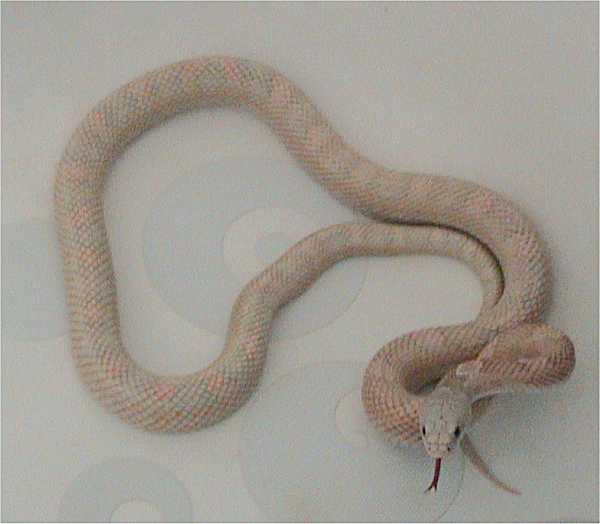
Details: Scaleless rat snakes typically range from 3 to 5 feet in length, with some individuals reaching up to 6 feet. They can weigh between 300 to 800 grams.
Importance: Understanding their size and weight helps in determining their role in the ecosystem, prey preferences, and potential impacts on prey populations.
Ecological Implications: Size influences predator-prey dynamics, reproductive success, and overall ecological interactions within their habitat.
4. Appearance and Identification:
Details: Scaleless rat snakes lack the typical scales found on most snake species, giving them a smooth appearance. They have a slender body with varying coloration, including shades of brown, black, and gray, often with darker blotches or stripes.
Importance: Their unique appearance aids in species identification, both for researchers and the general public.
Ecological Implications: Camouflage and coloration play crucial roles in predator avoidance, prey hunting, and mate selection, impacting their survival and reproduction within their environment.
5. Dentition and Bite Force:
Details: Scaleless rat snakes possess numerous small teeth, angled backward to aid in gripping and swallowing prey. Their bite force is relatively low compared to larger constrictor species.
Importance: Dentition and bite force influence their feeding behavior, prey selection, and interactions with other species.
Ecological Implications: Prey capture efficiency, defense mechanisms, and dietary preferences are affected by their dentition and bite force, shaping their role within the ecosystem and their impact on prey populations.
6. Diet:
Details: Scaleless rat snakes are carnivorous and primarily feed on small mammals, birds, eggs, and occasionally amphibians or reptiles.
Importance: Their diet influences their ecological role as both predator and prey within their habitat.
Ecological Implications: By controlling populations of rodents and birds, scaleless rat snakes help regulate ecosystem balance and reduce agricultural pests, contributing to overall ecosystem health.
7. Behavior:
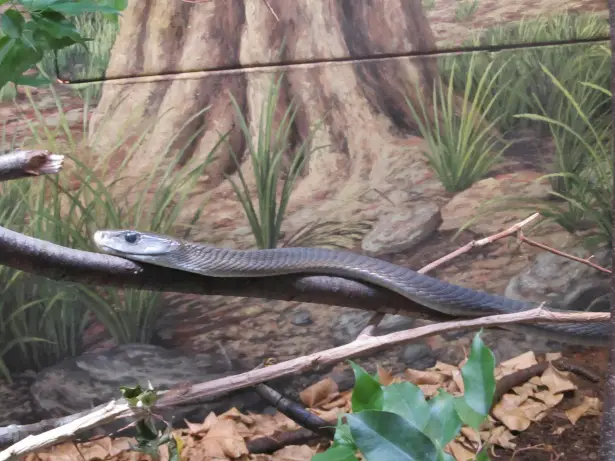
Details: Scaleless rat snakes are typically solitary and nocturnal, though they may be active during the day in cooler weather. They are skilled climbers and are often found in trees or bushes.
Importance: Understanding their behavior helps in predicting their movements, habitat preferences, and interactions with other species.
Ecological Implications: Behavior impacts their foraging strategies, predator avoidance tactics, and mating rituals, influencing their survival and reproduction within their ecosystem.
8. Sounds/Vocalization:
Details: Scaleless rat snakes are not known for vocalizations like some other snake species. They primarily rely on body language and scent cues for communication.
Importance: Lack of vocalization suggests reliance on other forms of communication, such as visual displays or chemical signaling.
Ecological Implications: Communication methods affect social interactions, mate selection, and predator avoidance strategies, shaping their ecological role and interactions within their environment.
9. Habitat:
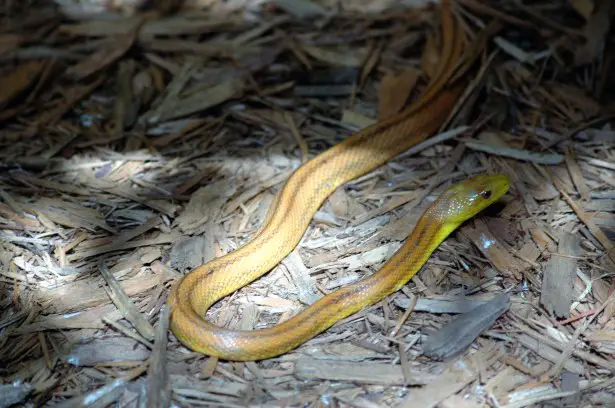
Details: Scaleless rat snakes inhabit a variety of habitats, including forests, grasslands, farmlands, and rocky areas. They prefer areas with ample cover, such as vegetation or rock piles.
Importance: Habitat preferences determine their distribution and abundance within an ecosystem.
Ecological Implications: Habitat availability and quality impact their ability to find food, shelter, and mates, influencing population dynamics and overall ecosystem health.
10. Geographic Range and Distribution:
Details: Scaleless rat snakes are native to East and Southeast Asia, including regions of China, Vietnam, Laos, and Thailand.
Importance: Understanding their geographic range helps in conservation efforts, habitat preservation, and monitoring of invasive species.
Ecological Implications: Their distribution affects local biodiversity and ecosystem dynamics, as they interact with other species and compete for resources within their range.
11. Tracks:
Details: Scaleless rat snakes leave distinctive tracks in mud or soft soil, characterized by a series of alternating impressions from their ventral scales.
Importance: Track identification aids in species detection, population monitoring, and understanding movement patterns.
Ecological Implications: Tracking data provides insights into habitat use, foraging behavior, and seasonal migrations, contributing to conservation planning and management strategies.
12. Reproduction:
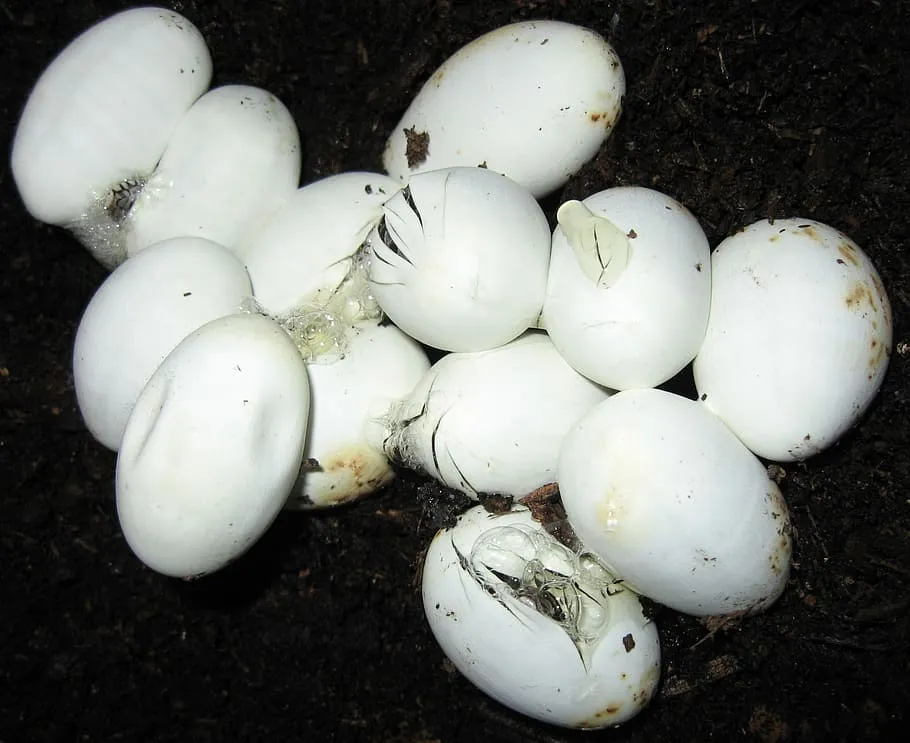
Details: Scaleless rat snakes are oviparous, laying clutches of eggs typically in late spring or early summer. Females may lay 6 to 12 eggs, which hatch after an incubation period of around 60 days.
Importance: Reproductive behavior impacts population dynamics, genetic diversity, and species survival.
Ecological Implications: Successful reproduction ensures the continuation of the species and influences population growth rates, predator-prey dynamics, and overall ecosystem stability.
13. Lifespan:
Details: Scaleless rat snakes have a lifespan of approximately 15 to 20 years in the wild, though some individuals may live longer in captivity with proper care.
Importance: Lifespan data provides insights into population demographics, mortality factors, and species resilience.
Ecological Implications: Longevity affects population turnover rates, genetic diversity, and ecosystem resilience to environmental changes and disturbances.
14. Major Adaptations:
Details: Scaleless rat snakes possess several adaptations that aid in their survival, including:
Camouflaged coloration for predator avoidance and hunting.
Agile climbing abilities to access prey and escape predators.
Specialized dentition for gripping and consuming a variety of prey items.
Importance: Adaptations enable scaleless rat snakes to thrive in diverse habitats and fulfill their ecological niche.
Ecological Implications: Adaptations influence their interactions with other species, resource utilization, and ecosystem dynamics, shaping their role within the ecosystem.
15. Conservation Status:
Details: The conservation status of scaleless rat snakes varies depending on the specific subspecies and local populations. Some populations may face threats from habitat loss, fragmentation, and poaching, while others may be more stable.
Importance: Assessing conservation status informs conservation prioritization, management strategies, and policy decisions.
Ecological Implications: Conservation efforts protect scaleless rat snakes and their habitats, preserving biodiversity, ecosystem functions, and ecological balance.
16. Domestication and Suitability as a Pet:
Details: Scaleless rat snakes are occasionally kept as pets by reptile enthusiasts. However, their specific care requirements, including proper temperature, humidity, and diet, must be met to ensure their health and well-being in captivity.
Importance: Understanding their suitability as pets helps prevent the illegal trade and exploitation of wild populations.
Ecological Implications: Responsible pet ownership reduces demand for wild-caught individuals, mitigating pressures on wild populations and supporting conservation efforts.
*Summary of Information On the Scaleless Rat Snake
Scientific Classification
Elaphe carinata
Subspecies
Variability: E. carinata carinata, E. carinata yunnanensis
Size and Weight
Length: 3 to 6 feet
Weight: 300 to 800 grams
Appearance and Identification
Smooth scales, varying colors (brown, black, gray), often with blotches or stripes
Dentition and Bite Force
Small, backward-angled teeth; relatively low bite force
Diet
Carnivorous: small mammals, birds, eggs, occasional amphibians or reptiles
Behavior
Solitary, nocturnal; skilled climbers, often found in trees or bushes
Sounds/Vocalization
Reliance on body language and scent, rather than vocalizations
Habitat
Various habitats: forests, grasslands, farmlands, rocky areas; prefers areas with cover
Geographic Range and Distribution
Native to East and Southeast Asia (China, Vietnam, Laos, Thailand)
Tracks
Distinctive alternating impressions from ventral scales
Reproduction
Oviparous, laying clutches of 6 to 12 eggs; incubation period around 60 days
Lifespan
Approximately 15 to 20 years in the wild
Major Adaptations
Camouflaged coloration, agile climbing, specialized dentition
Conservation Status
Varied, with threats from habitat loss, fragmentation, and poaching
Domestication and Suitability as a Pet
Occasional pet ownership; requires specific care needs for health and well-being
